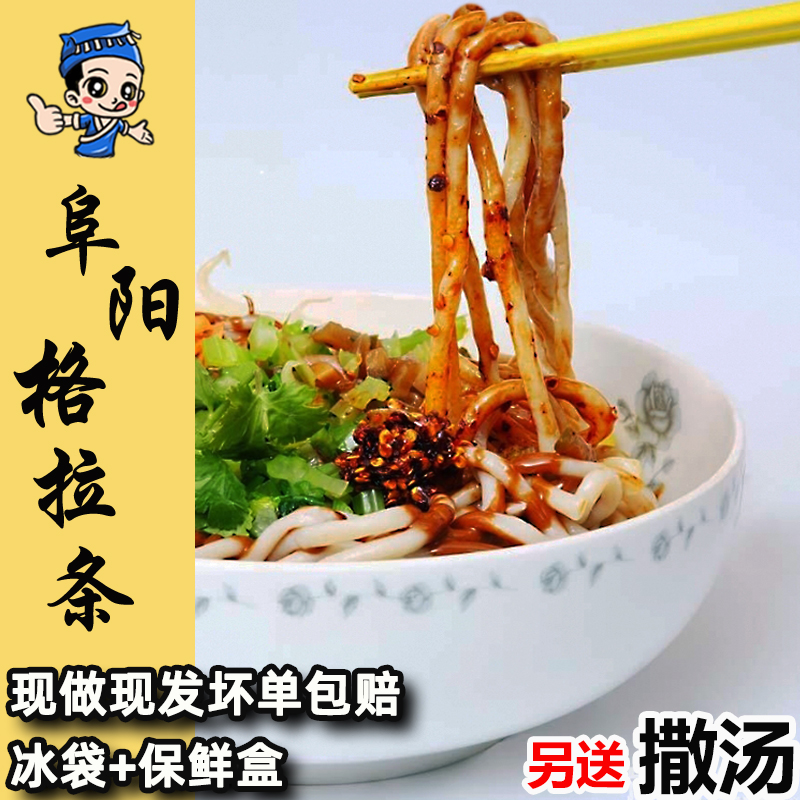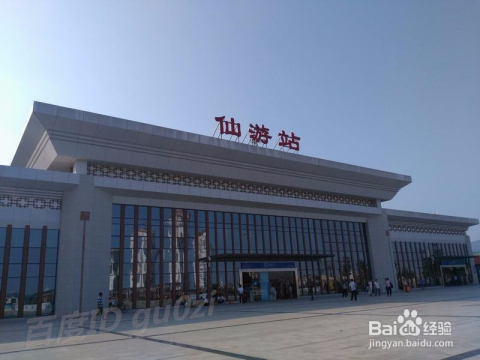一、用英语描述一下少数民族的服饰,最好是朝鲜族,不要太多
White is the most like Korean clothing color, a symbol of purity, kindness, noble, holy, so the Korean has a "white people", claiming to be "white compatriots". With the development of the textile industry, women are wearing clothing color is blew, not to stick to one pattern, but the short skirt of this traditional style for a long time, because it is consistent with the Korean women's aesthetic psychology, fully reflects their gentle, kind and hardworking and honest virtue. Strike out the Korean national dress jacket structure, since the straight line shoulder to cuff with collar, hem, cuff belly curve, a curve and linear, no superfluous decoration, reflects the "white people" of the ancient costume features.
中文:白色是朝鲜族最喜欢的服装颜色,象征着纯洁、善良、高尚、神圣,故朝鲜族自古有"白衣民族"之称,自称"白衣同胞"。随着纺织工业的发展,如今妇女们穿用的衣料颜色更是绚丽多彩、不拘一格,但短衣长裙这一传统民族风格久久不变,因为它符合朝鲜族妇女的审美心理,充分反映了她们温顺、善良和勤劳淳朴的美德。朝鲜民族服装的结构自成一格,上衣自肩至袖头的笔直线条同领子、下摆、袖肚的曲线,构成曲线与直线的组合,没有多余的装饰,体现了"白衣民族"的古老袍服的特点。
二、用英语描述一下少数民族的服饰,最好是朝鲜族,
朝鲜族人比较喜欢素白色服装,以示清洁、干净、朴素、大方,故朝鲜族自古有“白衣民族”之称,自称“白衣同胞”。妇女穿短衣长裙,这也是朝鲜族妇女服装的一大特色。短衣朝鲜语叫:“则高利”,是一种斜领、无扣用带子打结、只遮盖到胸部的衣服;长裙,朝鲜语也叫做“契玛”,腰间有细褶,宽松飘逸。这种衣服大多用丝绸缝制而成,色彩鲜艳。朝鲜族男子一般穿素色短上衣,外加坎肩,下穿裤腿宽大的长裤,裤脚系上丝带。外出时多穿斜襟以布带打结的长袍,现在改穿制服或西服。
Ethnic koreans prefer plain white dress to show clean, clean, simple, generous, therefore, the Korean since ancient times have "white people", who "white people". Women wear jacket of the dress, this is also one of the features of Korean women's clothing. Jacket Korean call: "usury", is a kind of helical collar, no buckle knot with tape and only cover the chest clothes; Dress, Korean also known as "stabilisation wedges", waist fine plait, loose and elegant. Most of this dress with silk sewing, bright colors. Korean men generally wear plain coloured jacket, plus a tank top, under wear wide trousers legs, ankle strap tie ribbon. Out wear more XieJin knot to cloth belt robes, now change in uniform or a suit.
三、中国少数民族服饰欣赏的翻译是:什么意思
中国少数民族服饰欣赏的翻译是:The appreciation of the costume of the minority nationalities in China
四、中国汉服用英语怎么说
因为"汉服"是中国传统服装,所以可以直接拼音Chinese hanfu。
汉服(英文:Hanfu / Han-style clothing),即汉民族传统服饰(the traditional dress of the Han Chinese people),又称汉衣冠、汉装(Hanzhuang)、华服(Huafu)。
外国人一般把中国传统服饰笼统称为Chinese silk robe,我们也可以将其翻译成Han costume或者Han Chinese clothing,也可以采用拼音翻译直接说成hanfu。
扩展资料:
汉服基本结构分为上装(upper garment)、下装(lower garment)、衽(lapel)、裾(hem)、袖(sleeve)、带(sash)等部分。
相配套的头饰包括男用的巾:male cap for the common people;冠:male cap for the honored and privileged;官员戴的幞头、乌纱帽、方巾等一系列headwear for officials;女用的笄、钗和男用的束发簪等hairpiece。
五、中国民族服饰介绍 英文 好的送分!!
中国民族服饰:Chinese Ethnic Costumes
Chinese Traditional Costumes of Past Dynasties 中国历代传统服饰
China, known as a" land of dresses",has a long history in the development of its clothing culture. Dresses in different periods reflect, to a certain extent, the situation of the politics, economy, military affairs, religions, and the civil customs of the specific historical stages. In the primitive society, people led a simple life in caves and generally worn nothing. In the Neolithic Age, the ancestors of the Chinese people were able to make tools. They invented bone needles and sewed primitive cloths. About 5,000 years ago, during the Yangshao Cultural Period, people lived a stable life and agriculture and textiles came into being. They raised silkworms and began to weave silk clothing which made people's clothing more perfect. After human kind entered the class society, clothing became the symbol of people's social statuses. During the Western Zhou Dynasty (1066-771B.C.), China virtually had a complete clothing system. From the Zhou Dynasty to the elimination of the feudal society in China, emperors, empresses, imperial concubines, princes, princesses, officials, and common people were attired in different ways.
Chinese clothing in the past dynasties can be roughly divided into the following categories: clothing of the remote times; that of the Shang and Zhou Dynasties; that of the Qin and Han Dynasties; that of the Wei, Jin, and Northern and Southern Dynasties; that of the Sui, Tang ,and the Five Dynasties; that of the Song Dynasty; that of the Liao, Jin, and Yuan Dynasties; that of the Ming Dynasty; that of the Qing Dynasty; and that of modern times.
Costumes of Minority Groups of China 中国少数民族服侍
China is a country consisting of 56 ethnic nationalities, and each of them has its own clothing style with distinct ethnic characteristics, due to the influence of different culture, traditions, and geographical feature. On the other hand, they influenced and learned from one another in the way they dresses themselves as people of various ethnic lived together or migrate.
As a result, the dresses of various ethic groups, like their culture, share something in common while they have their own ethnic, regional, and traditional features as well as traces of merge and transformation, forming a brilliant feature, colorful clothing culture of the Chinese. Roughly speaking, the loose gown and long robe worn by the people of the minority tribes in northern China are straightforward and the long skirt and pants worn by the people in southern China are made of fine workmanship. Due to the impact of the complicated geography and climate, the clothing of the minority nationalities in southern China is richer in variety and more colorful than that of the minority groups in the north. Dresses are the important symbols of the ethnic nationality identification and the blood lineage of China's minority groups. People usually are attired in special way on such occasions as festivals, wedding, religious, and funeral ceremonies, and other important activities. The change of clothing manifests an ethnic group's economic life, religious belief, world outlook, ideology, aesthetic consciousness, customs, and its course of development.
Chinese Qipao Dress (Cheongsam) 旗袍中山装
The Qipao dress dates back to the Ming and Qing Dynasties. Perfectly fitting the beautiful figure of Asia females, it is regarded as quintessence of China, reflecting the Chinese culture and arts. While the Qipao makes people's life more colorful with its national characteristics and strong happy colors and fashion designs, it possesses a lasting value itself.
六、日本的民族服装特色的英文介绍
Kimono is Japan's national costume, the highly traditional Japanese culture for hundreds of years and the Japanese life closely linked. Even today, whenever there's a holiday or a wedding, funeral, graduation ceremonies and celebrations such as a grand occasion, the Japanese kimono is still the first choice.
和服是日本的民族服装,极富日本传统文化特色,千百年来与日本人的生活息息相连。直到现在,逢年过节或在婚礼、葬礼、毕业典礼及庆祝会等隆重场合上,和服仍是日本人的首选。










